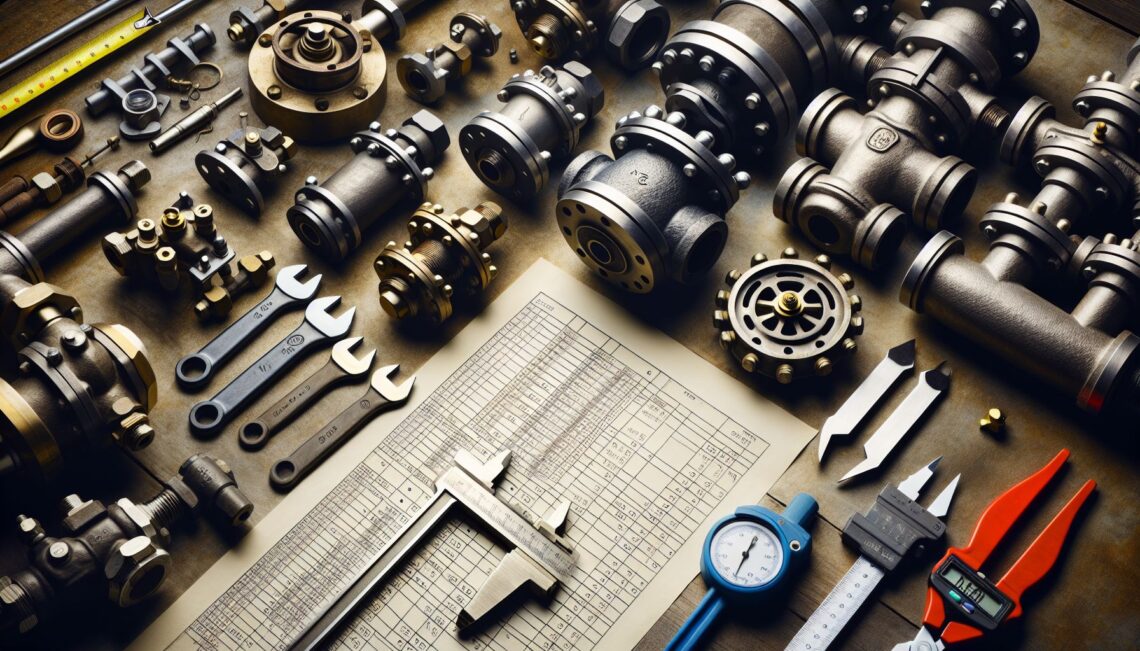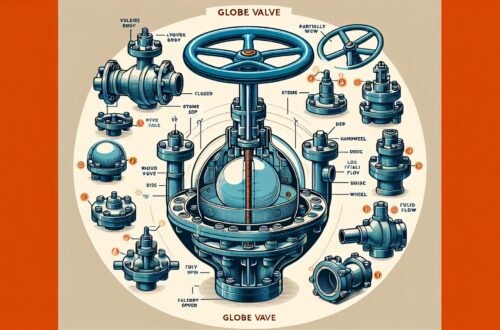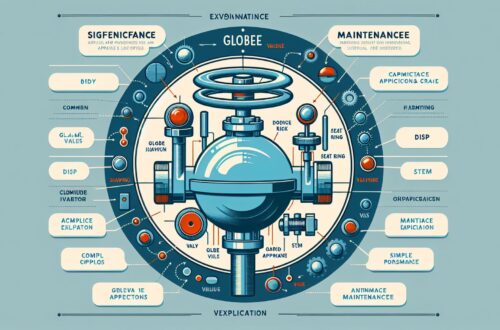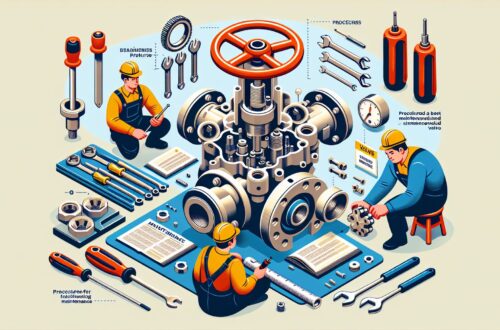
Valve Sizing
The process of specifying the size of a valve is crucial in any piping system. Ultimately, the choice of valve size significantly affects the functionality and efficiency. This article will delve into the nitty-gritty of valve sizing and its importance in meeting the demands of your piping system.
Why Valve Sizing is Crucial
Inappropriate sizing in the valves can have severe repercussions on the operation and management of systems. It’s therefore critical to consider valve sizing. Improper sizing can lead to various issues like:
- Inefficiency and declined performance of the system
- Increased wear and tear and reduced lifespan of the valve
- High maintenance and operational costs
- Unanticipated failures which can lead to downtime
It’s indispensable to get the valve sizing right to guarantee successful and efficient performance of your system^1^.
How to Size a Valve
When it comes to sizing the valve, numerous factors come into play. These include flow rate, system pressure, media kind, temperature, and valve type^2^. Accurate sizing involves considering these critical parameters:
-
Flow Rate: This involves calculating the volume of fluid passing through the valve per unit time. It’s imperative to know the system’s flow rate to ensure a smooth flow and minor resistance in the valve.
-
System Pressure: The system’s operating and design pressure are crucial parameters for valve sizing. It determines the pressure drop across the valve, contributing to its effective operation.
-
Temperature: The system’s operating temperature influences material selection and valve type.
-
Media Kind: The type of fluid or gas in the system affects the selection of valve material to prevent corrosion.
-
Valve Type: The valve’s function (shutoff, regulation, backflow prevention, etc.) influences the valve size.
While these factors paint a general picture, each valve type has a unique set of considerations that require tailor-made calculation methods.
Valve Types and Sizing Considerations
-
Control Valves: The primary purpose of a control valve is to regulate the flow. Hence, for control valve sizing, along with the flow rate and pressure, the valve travel and the characteristics of the valve (such as the flow curve) must be calculated^3^.
-
Check Valves: These valves permit flow in one direction while preventing backflow. For check valves, the sizing involves determining the minimum flow to ensure the valve operates effectively in preventing backward flow.
-
Safety Valves or Pressure Relief Valves: Safety valves protect against excessive pressure by releasing the extra pressure. The sizing is done based on the maximum allowable pressure and mass flow rate.
-
Ball, gate, butterfly valves (on/off valves): They are designed to allow abrupt start or stop of flow. The primary factor for their sizing is the pipeline’s internal diameter.
With the right valve-sizing process, a flow-control system can achieve optimal performance, efficiency, and longevity.
Valve sizing can seem complicated, but it is a critical aspect to ensure a successful project. It requires understanding flow behavior, as well as specifications of each valve design and the characteristics of fluid or gas in a system. Proper valve sizing promotes the efficiency, integrity, and reliability of your piping system. Whether you’re embarking on a new project or improving an existing one, certainly don’t overlook valve sizing.
Disclaimer: This article is not a substitute for professional assistance. Always consult with an expert before sizing your valves for specific applications.




